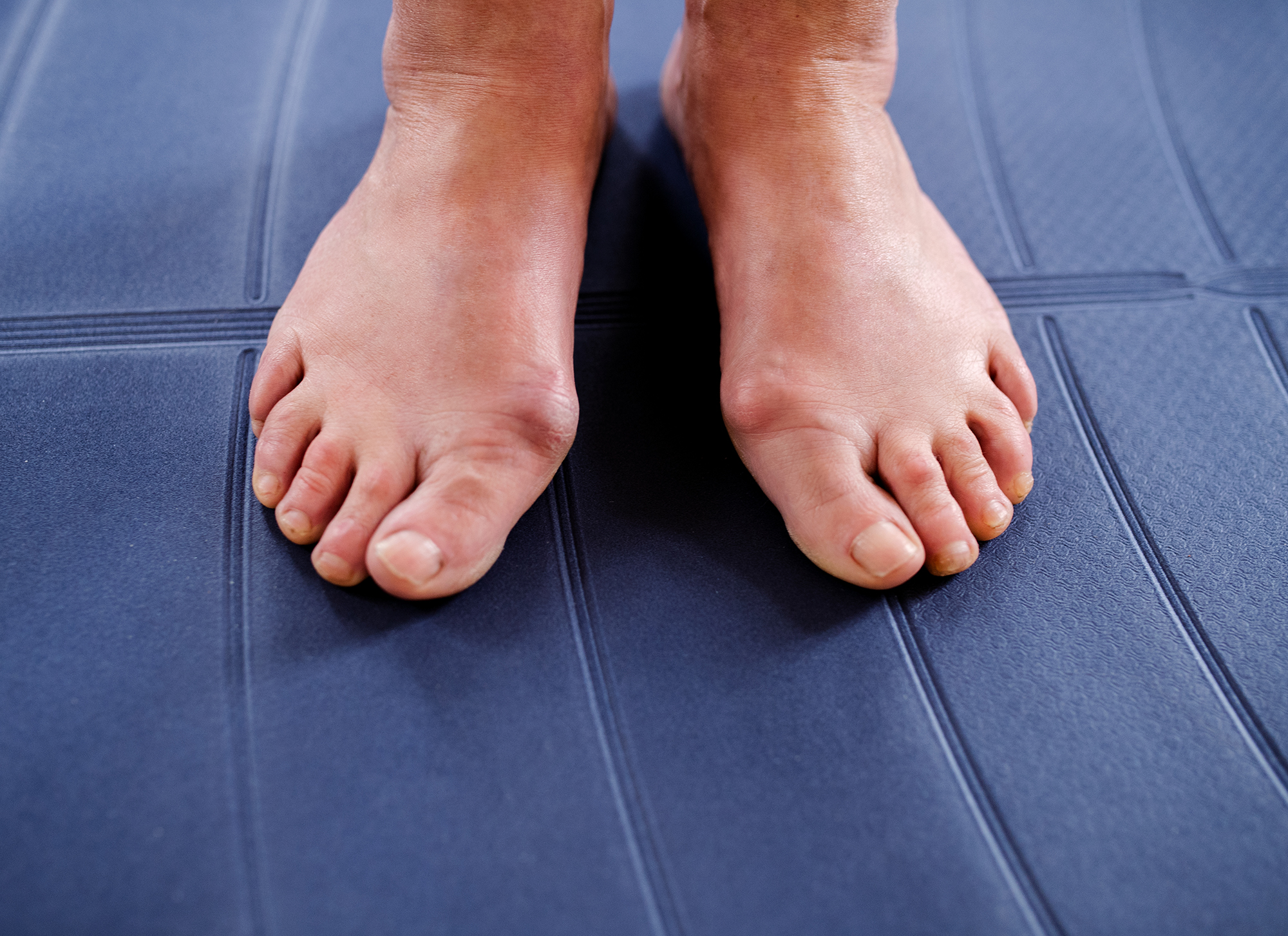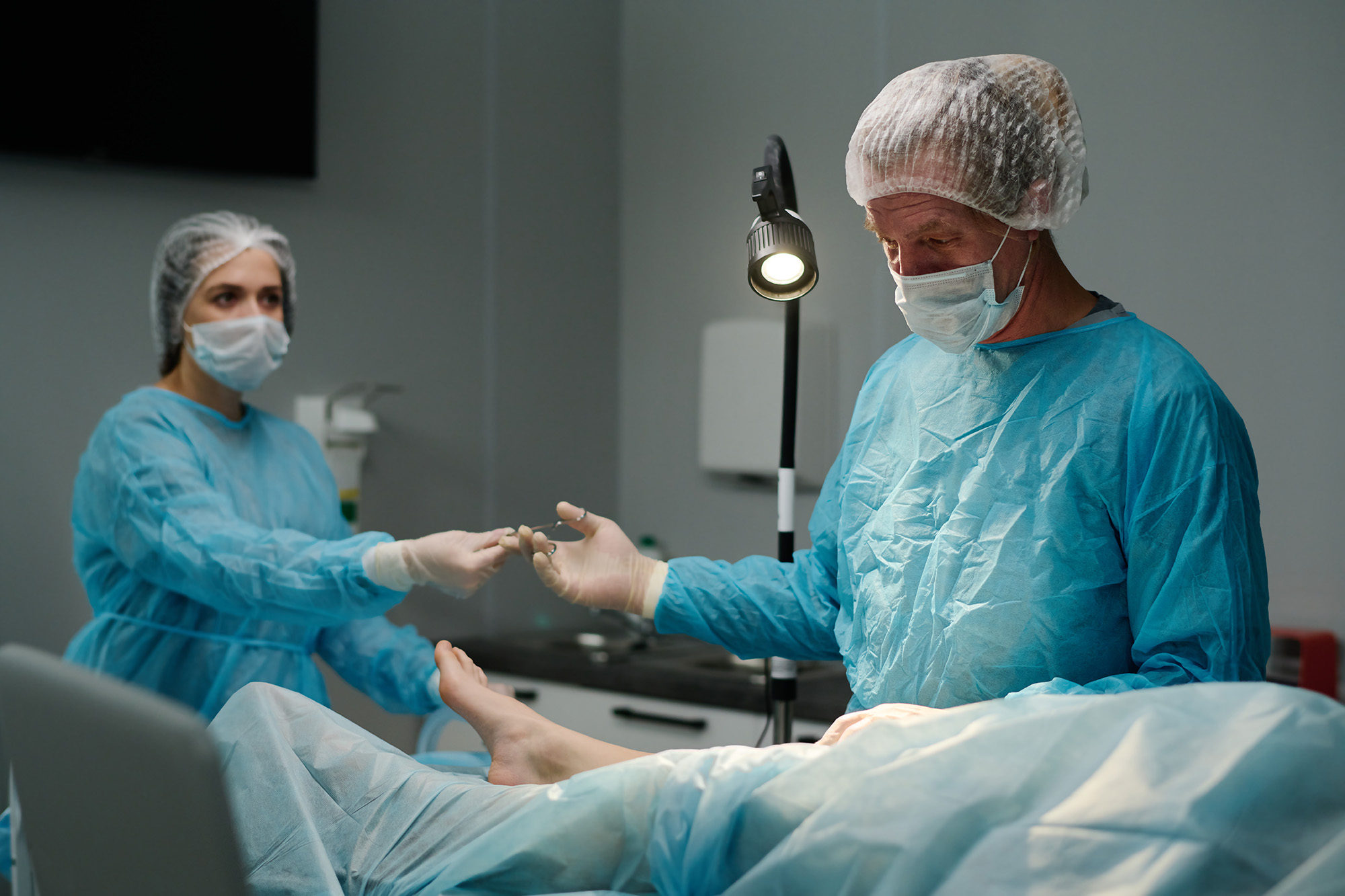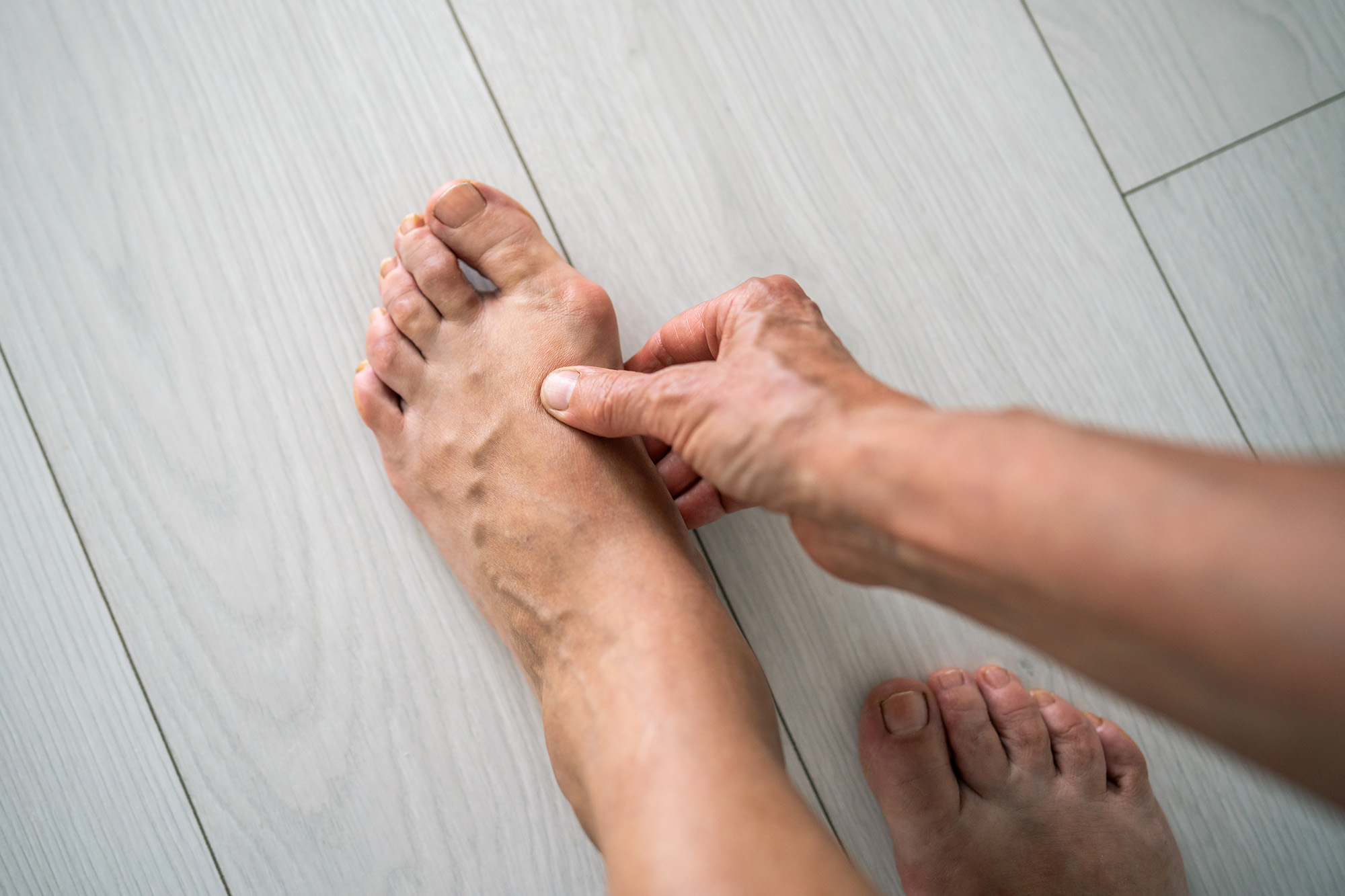
The first question bunion sufferers often ask is whether bunion surgery is effective. The answer is yes—the success rate of bunion surgery is high, though success also depends on a few factors. There are different levels of bunions, from mild to severe, as well as complications that can impact the healing process, like prior surgeries or a patient’s lifestyle.
For a bunion surgery to be successful, patients not only need a skilled podiatric surgeon, but also the right type of surgery for their bunions. Here’s how the different types of surgeries compare.
What is the Success Rate of Bunion Surgery?

According to a University of Utah study, the success rate of bunion surgery is about 90%. Only 10.4% of patients reported dissatisfaction with the outcome, either due to lingering pain or a return of their bunions post-surgery. Bunion recurrence is exceptionally rare, happening in just 4.9% of cases.
Some types of surgeries also have higher patient satisfaction rates than others. For example, surgeries requiring long recovery times or significant lifestyle changes may lead to lower patient satisfaction, even if the surgery itself is successful. This is why it’s important for patients to understand their options.
Bunion Surgery Options
Patients seeking bunion relief have a number of choices. To find the right surgery, it’s useful to consider the following.
| Type of Surgery | How It’s Done | Invasive or Minimally Invasive | Recovery Time | Possible Postoperative Complications | Success Rate |
|---|---|---|---|---|---|
| Osteotomy | Breaking the bone to realign the toe’s position | Invasive | 6-9 months | Deformities of the toe (such as floating toe) or a significant shortening of the toe | Frequently successful, though some patients feel dissatisfied if the toe is shortened significantly |
| Exostectomy | Removing small amounts of bone to reduce the appearance of bunions | Invasive | 6-9 months | Bunion recurrence | Only successful when combined with another surgery to address the root cause of the bunion |
| Arthrodesis | Fusing the bones of the first metatarsal in position | Invasive | 6-9 months | Reduced flexibility in the toes | Has the highest success for those who have had prior bunion surgeries or arthritis |
| Lapidus Bunionectomy | Fusing the first metatarsal bone to the bones of the midfoot | Invasive | 6-9 months | Reduced flexibility in the foot | Has the highest success for those who have had prior bunion surgeries or arthritis |
| Mini TightRope | Passing fiberwire through the first and second toes to realign them | Minimally invasive | 3-4 months | Can cause fractures of the second toe | Often successful, though fractures occur in roughly 30% of cases |
| HyperFlex™ | Plates are gently placed on the first and second toes to align them properly | Minimally invasive | 3 months | Temporary pain or swelling in the foot for up to 2 weeks | Highly successful, with patients reporting strong satisfaction during recovery |
The patient’s medical history and lifestyle can also impact the success rate of bunion surgery. The chart below lists which types of surgeries tend to be most successful for each case.
| Bunion Level | Good for Active Lifestyles | Can Wear Any Type of Shoe Post-Surgery | Safe for Patients Who Had a Prior Bunion Surgery | |
|---|---|---|---|---|
| HyperFlex™ |  Mild Mild
|
 |
 |
 |
| Mini TightRope |  Mild Mild
|
 |
 |
 |
| Lapidus Bunionectomy |  Mild Mild
|
 |
 |
 |
| Arthrodesis |  Mild Mild
|
 |
 |
 |
| Exostectomy |  Mild Mild
|
 |
 |
 |
| Osteotomy |  Mild Mild
|
 |
 |
 |
An experienced podiatric surgeon will recommend the procedure with the highest success rate while factoring in the patient’s individual needs. This includes emotional needs as well as physical—some patients feel nervous about invasive surgeries, in which case a minimally invasive surgery may be the better option, depending on the severity of the bunion. Physicians will also recommend a postoperative maintenance plan to ensure a full recovery.
How to Improve Bunion Surgery Success Rates

Patients can improve the success rate of bunion surgery by practicing healthy habits after the operation, including:
- Resting properly
- Keeping the wound clean and changing bandages as directed
- Using ice packs or anti-inflammatory medications as prescribed
- Attending all follow-up appointments
- Using mobility aids as needed
- Only using approved footwear at each stage of the recovery process
- Doing light exercise, stretches, or physical therapy
- Informing their physicians if they experience any pain, discomfort, or unusual symptoms
Innovative bunion surgeries like HyperFlex™ have a high success rate in part because the postoperative treatment plans are easier for patients to follow compared to more invasive surgeries. Patients can put weight on their feet immediately and wear a wider range of shoes. This flexibility minimizes life disruptions while allowing the foot to heal completely.
Bunion Surgery Success Stories
Statistics about the success rate of bunion surgery don’t offer a complete picture of what patients can expect when they go through the procedure. It helps to hear other patients’ experiences firsthand.
Dr. Josef J. Geldwert has performed innovative bunion correction surgeries for more than 40 years, specializing in advanced diagnostic tools and minimally invasive surgical techniques. He works with patients who want to get back on their feet as quickly and safely as possible, including professional athletes.
| Nina M. says,
“Eight months ago, I had painful bunions and was putting off treatment/surgery for years. With 3 young children home…having surgery seemed daunting. I enjoy running and it was important for me to find a doctor that understood my passion. Dr. Geldwert is an athlete himself…he treats athletes—he gets it. We devised a plan that worked best for my lifestyle. And, within 7 weeks of surgery, I was running again. Even better…after only 8 months, I ran the NYC marathon—26.2 miles! My feet were the LEAST of my worries throughout training and the actual race.” |
| Amy L. says,
“When I first went to see Dr. Geldwert, I had surgery from another podiatrist which left me with horrible results and I was embarrassed to show my feet. Dr. Geldwert and his associate Dr. Catherine Lai had to give me corrective foot surgery. My results were great and I wish I would have found them sooner!” |
| Susan L. says,
“I have heard so many stories of post surgical pain, needing a scooter to get around, using the outmoded method of placing temporary pins in hammertoes. Dr. Geldwert understands athletes, uses the best procedures, and has a gentle hand with his knife. I am finally finished with foot surgery, but I recommend him to all my friends.” |
Get a Personalized Treatment Plan
The success rate of bunion surgery relies on the deep expertise of board-certified podiatric surgeons like Dr. Geldwert. To find out more about our services, send our office a message or call us at 914-875-1632. Or, if you already have a surgical option in mind, send us an appointment request to receive a full assessment and treatment plan.